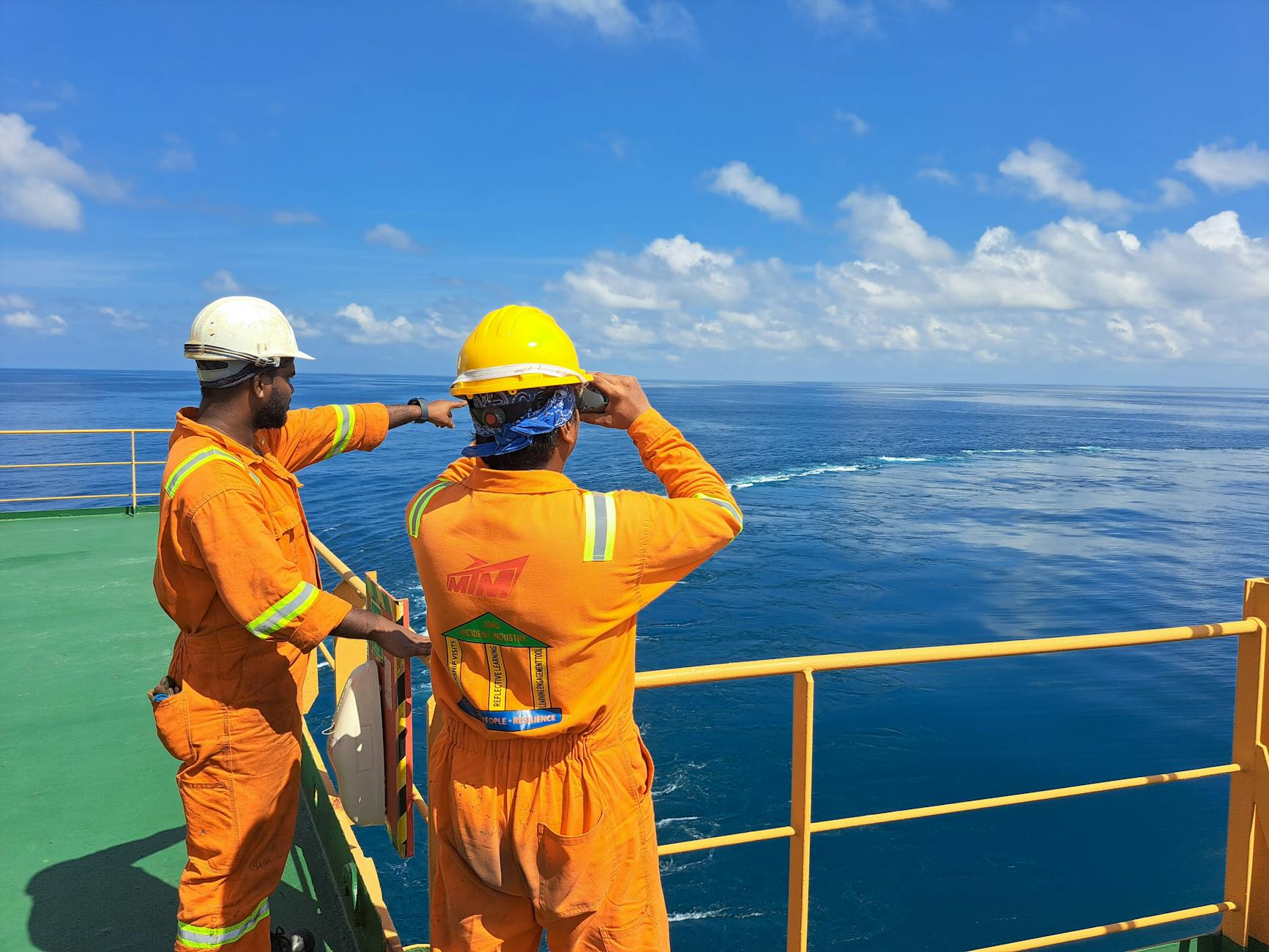
Offshore Safety
Introduction
Offshore work is one of the most challenging and hazardous occupations. Whether in oil rigs, wind farms, or maritime industries, safety remains a top priority. Without strict safety measures, offshore environments can lead to life-threatening incidents. This article explores the importance of offshore safety, the risks involved, and the best practices to ensure a secure working environment.
Understanding Offshore Safety
What is Offshore Safety?
Offshore safety refers to the policies, procedures, and equipment designed to protect workers in offshore environments. These include drilling platforms, ships, and renewable energy projects at sea.
Regulations and Industry Standards
Governments and regulatory bodies such as OSHA (Occupational Safety and Health Administration) and IMO (International Maritime Organization) enforce strict safety regulations to minimize risks and protect offshore workers.
Common Risks in Offshore Environments
Fire and Explosions
Offshore facilities often deal with flammable materials like oil and gas, making fire prevention and explosion control critical.
Falls and Slips
Wet and unstable surfaces increase the risk of falls, leading to severe injuries or fatalities.
Equipment Failures
Malfunctioning machinery can cause severe accidents, making regular maintenance crucial.
Exposure to Harsh Weather Conditions
Extreme weather conditions such as storms and high waves can pose severe threats to offshore workers.
Safety Regulations and Compliance
Government agencies and industry bodies impose stringent safety guidelines to protect workers. Compliance with OSHA, IMO, and other regulatory frameworks ensures safer offshore operations.
Personal Protective Equipment (PPE) in Offshore Work
Essential PPE includes:
- Hard hats
- Fire-resistant clothing
- Safety goggles
- Life jackets
- Respiratory masks
PPE plays a vital role in minimizing injury risks in offshore work environments.
Emergency Preparedness and Response
Firefighting and Evacuation Procedures
Proper training in firefighting techniques and structured evacuation plans can save lives during emergencies.
Medical Emergencies and First Aid Training
Given the remote nature of offshore locations, workers must be trained in basic medical care and first aid to handle emergencies effectively.
Safety Training for Offshore Workers
Training programs cover:
- Fire safety
- Hazard communication
- Equipment handling
- First aid and CPR
Certifications like BOSIET (Basic Offshore Safety Induction and Emergency Training) are mandatory for offshore workers.
Safe Handling of Equipment and Machinery
Regular inspections and maintenance of offshore machinery are essential to prevent accidents. Workers should follow safety protocols while operating heavy equipment.
Workplace Ergonomics and Fatigue Management
Managing fatigue and ensuring ergonomic work practices can prevent musculoskeletal disorders and improve worker efficiency.
Weather Challenges and Offshore Safety Measures
Storms, high waves, and extreme temperatures require special safety measures, such as reinforced structures and emergency shelters.
Helicopter and Marine Transport Safety
Safe transportation methods, including life vest protocols and emergency evacuation training, are crucial for offshore workers who rely on helicopters and boats.
Mental Health and Well-being of Offshore Workers
Offshore workers often experience isolation and stress. Providing mental health support and recreational activities can improve well-being.
Conclusion
Offshore safety is essential for protecting lives and ensuring smooth operations. By following regulations, using PPE, and continuously improving safety standards, offshore work environments can become safer for everyone.
Safety Officer Internship Jobs
Safety Officer Internship Salary: Everything You Need to Know
FAQs
1. What is the most common offshore safety hazard?
Slips, trips, and falls are among the most common hazards in offshore environments.
2. Why is PPE essential for offshore workers?
PPE protects workers from injuries caused by fire, falls, and exposure to hazardous materials.
3. How often should offshore safety training be conducted?
Regular safety training should be conducted at least once a year, with refresher courses as needed.
4. What are the legal requirements for offshore safety?
Companies must comply with OSHA, IMO, and other regulatory bodies to ensure worker safety.